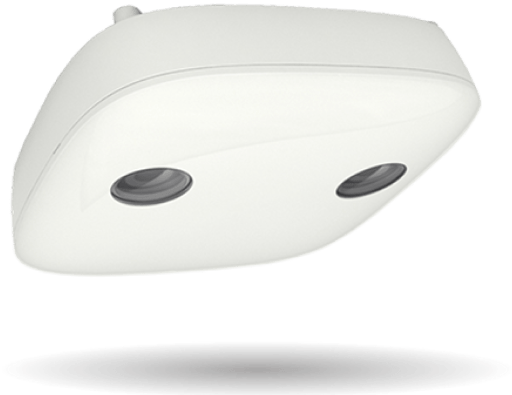Understanding your customers is key to driving growth in today’s highly competitive retail landscape. Retail Traffic Counter have emerged as an essential tool that helps businesses gain deeper insights into customer behavior while optimizing sales strategies. By leveraging these systems, retailers can transform footfall data into actionable insights and make smarter business decisions.
Why Retail Traffic Counters Matter
Retail Traffic Counter do more than simply track store visitors. They offer valuable data that can help retailers assess store performance, refine marketing strategies, and streamline operations. Here’s why they are worth investing in:
1. Measure Foot Traffic
Knowing how many people enter your store on any given day provides clarity about your business’s performance. Consistent measurement of foot traffic allows you to establish patterns, identify peak shopping times, and track the effectiveness of promotional events in bringing in new customers.
2. Optimizing Staffing
With precise footfall data, retailers can optimize staff scheduling. For instance, during peak hours, you can ensure that more team members are available to assist customers. This reduces wait times and enhances the overall customer experience while improving operational efficiency.
3. Evaluate Marketing Impact
Retail traffic counters help you quantify the effectiveness of marketing campaigns. By comparing pre- and post-campaign traffic numbers, you can determine whether your marketing efforts are driving footfall to your store. This helps you fine-tune your strategies for better ROI.
4. Understand Conversion Rates
Retail traffic counters paired with sales data can provide crucial insights into conversion rates. By calculating the ratio of visitors to actual buyers, you can identify areas for improvement. A low conversion rate may indicate inefficiencies in product positioning, pricing, or even customer service.
5. Improved Customer Journey Mapping
Advanced traffic counters can track customer movements within the store. This data is invaluable for understanding shopping patterns and optimizing store layouts. For example, you can redesign product displays to guide customers toward high-margin items.
Leveraging Insights for Increased Sales
The data generated by retail traffic counters is as good as how you use it. By interpreting the insights effectively, retailers can build strategies that directly improve sales and customer satisfaction.
• Personalized Promotions
Use traffic insights to launch promotions tailored to your customers’ shopping habits. If foot traffic is high during specific hours, offering flash discounts during those times could drive additional sales.
• Trend Analysis
Long-term trend analysis enables retailers to adapt to changing customer preferences. Whether it’s seasonal shifts or changes in consumer behavior, predictive insights from traffic counters can give you an edge.
• Enhanced Decision-Making
Retailers can make informed decisions about store expansions, closures, or even inventory strategies based on footfall data. For instance, if a store has consistently low foot traffic, it might be time to reassess its location or consider a new approach to attracting customers.
Elevating Customer Insights
Retail traffic counters don’t just benefit sales—they also enhance your understanding of your customers. Features such as demographic analysis can help you tailor your product offerings and experiences to your target market’s needs. For example, if your data reveals a high percentage of younger visitors during weekends, you could curate items that appeal specifically to this demographic.
When coupled with other data sources like loyalty programs, retail traffic counters can give you a detailed picture of individual customer preferences and habits. This level of granularity is instrumental in building long-lasting relationships with your customers.
The Path Forward
Retail traffic counters have become an indispensable tool for modern businesses. They provide much-needed insight into customer behavior while powering strategies to boost sales and customer satisfaction. For retailers looking to thrive in an increasingly data-driven world, leveraging this technology effectively is no longer optional—it’s essential.
